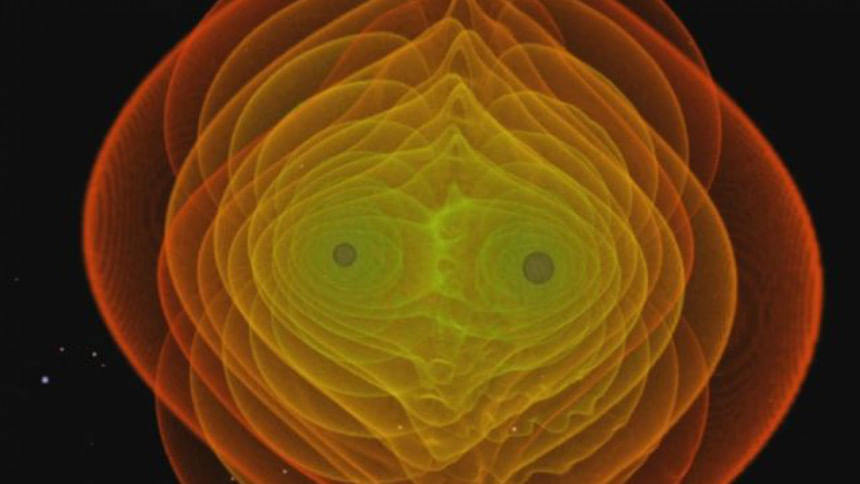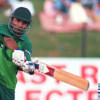7 facts about gravitational force

Scientists on Thursday announced to have detected a phenomenon called gravitational waves for the first time. Rumors are circulating that the discovery is worthy of the prestigious Nobel Prize in Physics because it gives humans a brand new way to study our universe. Check out seven mind-boggling facts about these waves and this latest discovery, as reports Times of India:
1. Gravitational waves were first predicted by Albert Einstein 100 years ago. It's taken that long for our technology to catch up to his brilliance and confirm the theory.
2. Scientists suspect that two merging black holes emit more energy in the form of gravitational waves in the last few minutes before they collide than a single star emits over billions of years.
3. Gravitational waves contract and expand the fabric of space-time, but only by a very small amount. The LIGO instruments (one shown below) are designed to detect a distortion that is 1 million times smaller than the width of a hydrogen atom.
4. Gravitational waves allow us to detect — for the first time — when two black holes are about to collide. The signal that LIGO scientists discovered from such a collision, released 50 times more energy in the form of gravitational waves than all of the power put out by all of the stars in the universe put together!
5. But it's not just black holes that emit gravitational waves — it's any two bodies in orbit. That means the Sun and Earth emit gravitational waves too. But those waves carry 100 billion times less energy than two merging black holes, making it impossible to detect with current technology.
6.Scientists also estimate that two black holes merge somewhere in the universe once every 15 minutes. That's a lot of gravitational waves that we can now detect!
7. Before the first detection of gravitational waves, we had no way of knowing if black holes could merge. So this discovery doesn't just confirm Einstein's prediction. It also reveals a brand new behavior in the cosmos that we never knew existed before.

 For all latest news, follow The Daily Star's Google News channel.
For all latest news, follow The Daily Star's Google News channel. 








Comments